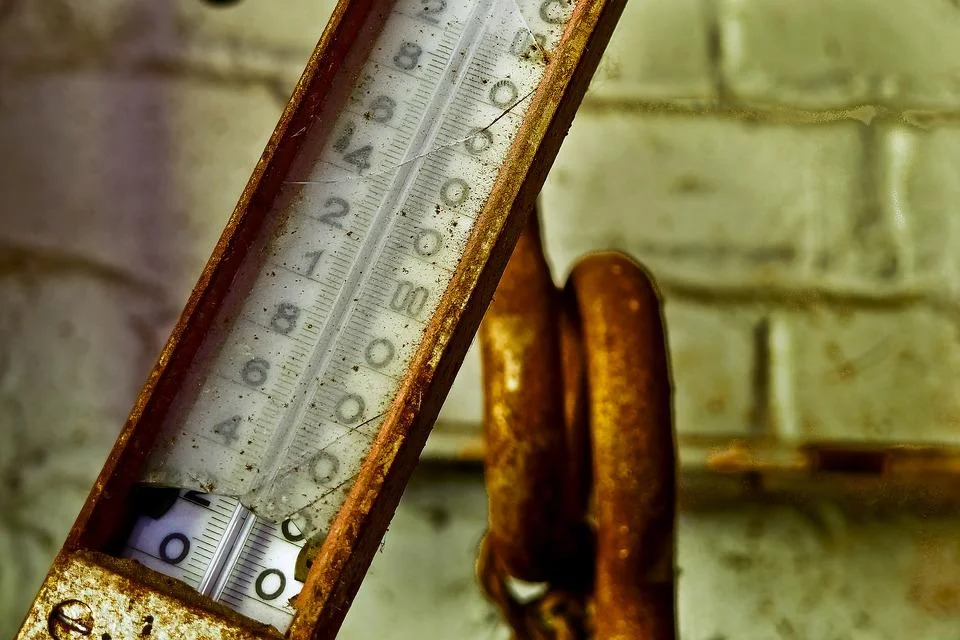Ad Code
Translate
List of 6,000+ Dofollow Commentluv Blogs FREE (Updated 2025)
What is Ozempic (semaglutide)? (Updated in 2025)
How To Find Suitable Properties In Cyprus? (Updated in 2025)
Smart strategies for trading on crypto exchanges
What You Need To Know About Thermal Flow Meters
How It Works
Pros and Cons
How To Use
Thermal flow meters are instruments used to measure the flow rate of gases and liquids in various industrial applications. They operate on the principle of heat transfer and offer several advantages, making them suitable for specific types of flow measurements. Here’s what you need to know about thermal flow meters:
1. Operating Principle
Thermal flow meters measure flow based on the heat transfer from a heated element to the fluid flowing past it. There are two main types:
- Thermal Dispersion Flow Meters: These have a heated sensor element and a temperature sensor placed in the flow stream. The temperature difference between the two sensors is used to determine the flow rate.
- Capillary Tube Thermal Flow Meters: These use a heated capillary tube and measure the heat loss to the fluid to determine flow rate.
2. Applications
Thermal flow meters are primarily used for measuring the flow of gases due to their sensitivity and accuracy. Common applications include:
- Industrial Process Control: Monitoring and controlling gas flows in manufacturing processes.
- Environmental Monitoring: Measuring emissions and air quality.
- HVAC Systems: Managing and controlling air and gas flow in heating, ventilation, and air conditioning systems.
- Natural Gas and Utility Monitoring: Tracking gas consumption in utilities and energy sectors.
- Biotechnology and Pharmaceuticals: Monitoring gas flows in bioreactors and other processes.
3. Advantages
- High Sensitivity: Capable of detecting very low flow rates.
- Direct Mass Flow Measurement: Measures mass flow directly without the need for pressure or temperature compensation.
- Wide Rangeability: Can measure over a wide range of flow rates with high accuracy.
- No Moving Parts: Reduces maintenance and increases reliability.
- Good for Low and High Flow Rates: Suitable for applications with varying flow conditions.
4. Limitations
- Gas-Specific Calibration: Requires calibration for the specific gas being measured. Changes in gas composition can affect accuracy.
- Temperature Sensitivity: Performance can be affected by extreme temperature variations.
- Not Ideal for Liquid Measurement: Primarily designed for gases; measuring liquids can be challenging and less accurate.
- Installation Constraints: Requires proper installation to ensure accurate measurement, including straight pipe runs upstream and downstream.
5. Key Considerations for Selection
- Flow Range: Ensure the flow meter can handle the expected range of flow rates in your application.
- Gas Type and Composition: Consider the type of gas and its composition, as this will impact calibration and accuracy.
- Process Conditions: Take into account temperature, pressure, and other environmental conditions.
- Installation Requirements: Review installation guidelines to ensure proper placement and flow conditions.
- Accuracy and Repeatability: Evaluate the required accuracy and repeatability for your application.
6. Maintenance and Calibration
- Regular Calibration: Periodic calibration is essential to maintain accuracy, especially if gas composition changes.
- Cleaning: Ensure the sensor elements are clean and free of debris to prevent measurement errors.
- Firmware Updates: Keep the device’s firmware updated to ensure optimal performance and functionality.
7. Types of Thermal Flow Meters
- Insertion Thermal Flow Meters: These are inserted into the flow stream and are suitable for large pipes and ducts.
- In-Line Thermal Flow Meters: These are integrated into the pipeline and are used for smaller pipe sizes and more precise flow measurements.
Conclusion
Thermal flow meters are versatile instruments ideal for gas flow measurement in various industrial applications. They offer high sensitivity, wide rangeability, and direct mass flow measurement, making them valuable tools in process control, environmental monitoring, and utility management. However, their performance can be influenced by gas composition and installation conditions, so it’s essential to select and maintain them properly to ensure accurate and reliable measurements.


Social Plugin